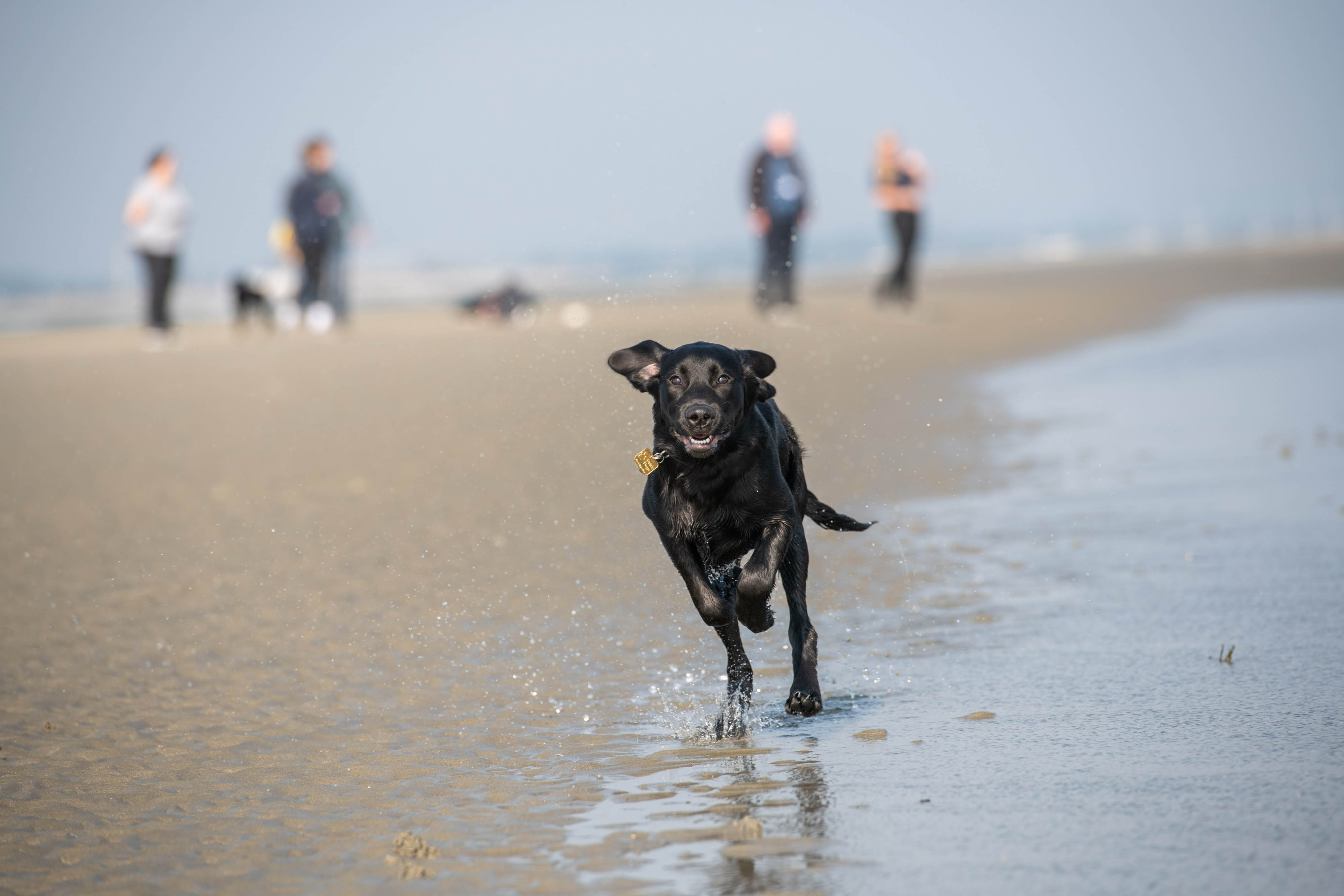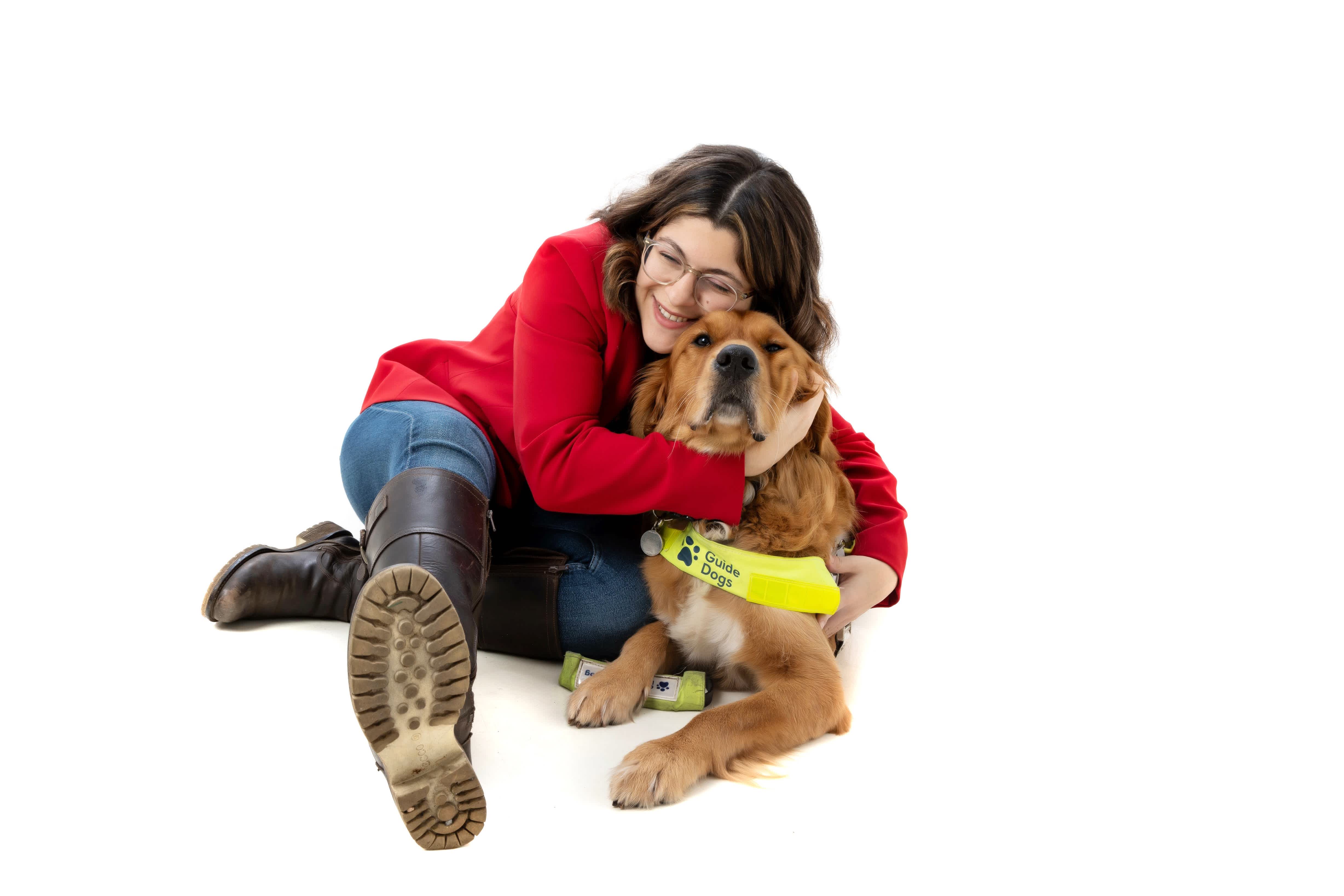January can feel like a tough month for many of us. The holiday sparkle has faded, routines are disrupted, and those dark, chilly mornings don’t exactly scream “motivation.” But did you know that your dog might be feeling the same way? According to new research from Guide Dogs, dogs experience their own version of the January blues, often mirroring the emotions of their owners.
Guide Dogs surveyed 2,000 dog owners and almost half acknowledged that their mood and energy levels influence how they care for their dogs, with 23% admitting to cutting walks shorter or skipping them all together and 20% to rushing through them. Others (21%) note that dark mornings cause delays in leaving the house, disrupting their dog’s routine. Meanwhile, as many owners return to work in January, some dogs (13%) are spending more time alone compared to the festive season. Also, for some, playtime or training sessions are reduced (17%) as owners struggle with low energy levels.

Unsurprisingly, these changes in owners' behaviour are having an impact on our pets. Nearly all of those surveyed (94%) believe their pets can sense human emotions. More than half (59%) have noticed changes in their dog’s behaviour during January. Some common signs that your dog might be feeling out of sorts include restlessness, lethargy, anxiety and boredom.
Tim Stafford, Director of Canine Affairs at Guide Dogs, explains that dogs are highly attuned to their owners but that we might not always be great at reading their signals. For example, while many of us (83%) assume a wagging tail means happiness, it can actually convey a range of emotions. Paying close attention to your dog’s behaviour is especially important during this time of year.

“January is a challenging month for dogs and their owners, so paying close attention to your dog’s behaviour is especially important during this time of year. We know that dogs thrive on routine and consistency, so whilst January can be tough, by focusing on re-establishing structure and following our tips on exercise and stimulation, we can easily help our dogs (and ourselves) feel better”.


To help owners, Tim Stafford, shares his top tips for supporting dogs this new year:
Stick to routine: Dogs feel secure when they know what to expect. Regular meal times, walks, and play sessions can help create a sense of normalcy.
Get outside: Even if it’s cold, fresh air and exercise can help lift your mood and can help release endorphins for both of you.
Engage during walks: It can be tempting to listen to music or a podcast on your dog walk but make sure you engage with your dog by playing games, letting them stop and sniff, and practicing key skills like recall and loose-lead walking.
Enrichment activities: Mental stimulation, such as puzzle toys or training new tricks, keeps your dog’s mind active and distracted from any potential emotional dips.
Share relaxation time: Snuggling on the sofa or practicing calming activities like grooming can foster connection and lower stress for both pet and owner.
Despite January’s challenges, it’s clear that dogs play a huge role in lifting our spirits. Walking a dog is a proven mood booster, with 88% of owners agreeing it improves their mental wellbeing and 45% of owners stating they have made New Year’s resolutions to be more active, using dog walks as an opportunity to improve their fitness whilst also bonding with their pet.
For more expert tips on dog care and to learn about the incredible work Guide Dogs does, visit our dog wellbeing page. Here’s to a happier January for you and your pup!


